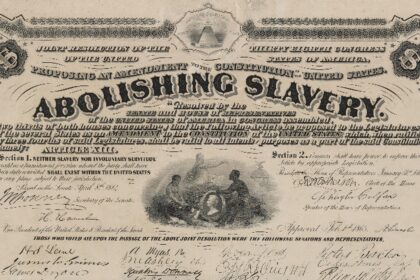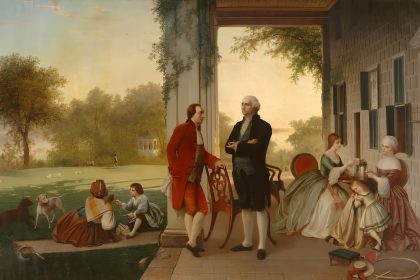Benjamin Franklin: Inventor and the Founding Father of the US
A statesman, author, publisher, scientist, inventor and diplomat. On July 4, 1776, when the United States was born, Benjamin Franklin was one of the signatories of the Declaration of Independence.






